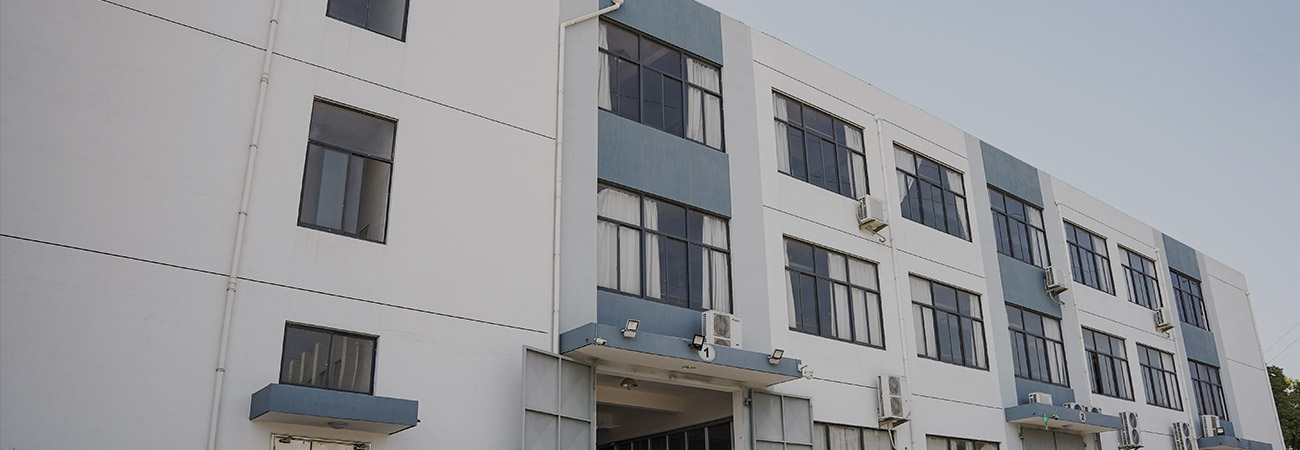What are the differences between the materials and structure of KN95 protective mask and ordinary masks?
The main difference between KN95 protective mask and ordinary masks is the material used and the mask structure. The main differences are:
Filtration efficiency: Compared with ordinary masks, KN95 protective mask have higher filtration efficiency. KN95 protective mask are designed to filter at least 95% of particles larger than 0.3 microns, while most ordinary masks have lower filtration efficiency.
Layer Composition: The layer composition of KN95 protective mask and regular masks may differ. KN95 protective mask are usually composed of multiple layers, including a non-woven outer layer, a hot air cotton layer, a melt-blown cloth layer and a non-woven inner layer. These layers work together to provide effective filtration and protection. On the other hand, the structure of a conventional mask may have fewer layers or different materials.
Meltblown Fabric: A key differentiator of
KN95 protective mask is the presence of a meltblown fabric layer. The layer is made of polypropylene microfibers that form a fine mesh. The meltblown fabric layer in KN95 protective mask captures and filters small particles, including viruses, bacteria, and other airborne particles.
Nose clip and ear loops: KN95 protective mask and regular masks often have nose clips to ensure a secure fit over the nose. However, the ear loops on KN95 protective mask are usually made of elastic material to provide a safe and comfortable wearing experience without putting too much pressure on the ears.
Seal and Fit: KN95 protective mask are designed to fit securely around your face, creating a seal and minimizing air leakage around the edges. This ensures that a higher proportion of the intake air passes through the filter layer. Regular masks vary in fit and seal, and some have poor seals.
It's important to note that the quality and effectiveness of masks can vary. Therefore, we recommend that you purchase your mask from a trustworthy source and follow proper usage guidelines for optimal protection.
How to disinfect and sterilize to ensure safety when producing KN95 protective mask?
Follow these steps to disinfect and sterilize your KN95 protective mask during production to ensure safety:
Cleaning and disinfecting the production environment: Thoroughly clean all surfaces, floors, and equipment using appropriate disinfectants that are effective against bacteria and viruses. Regularly disinfect frequently touched surfaces such as door handles, switches, and buttons.
Personal hygiene and protection: Establish strict hygiene protocols for workers involved in manufacturing processes. This includes frequent hand washing with soap and water for at least 20 seconds, use of hand sanitizer containing at least 60% alcohol if soap and water are not available, and personal protection such as gloves, face masks, and protective clothing. This includes wearing personal protective equipment (PPE).
Quality Control and Inspection: We carry out systematic quality control measures to ensure that our masks meet the required standards. Test and inspect your mask regularly for filtration efficiency, breathability, and proper fit. Masks that fail quality control tests must be properly disposed of.
UV sterilization: UV sterilization is used to disinfect masks and production equipment. UV-C light is effective at killing viruses and bacteria if the exposure time and distance is appropriate. Make sure your mask and equipment are exposed to the recommended amount of UV light to effectively kill pathogens.
Heat sterilization: Heat treatment can be used to sterilize masks and certain equipment. Consult a professional to determine the appropriate temperature and time needed to ensure effective sterilization without damaging the mask.
Packaging and Storage: Once the mask is manufactured and sterilized, make sure it is properly packaged in a sterile environment. To maintain mask sterility, use airtight, moisture-resistant packaging. Store your mask in a clean, dry place away from potential sources of contamination.
Regular Cleaning and Maintenance: Establish cleaning and maintenance schedules for all production equipment. Clean and disinfect properly on a regular basis to prevent dirt and contaminant build-up.
Training and awareness: Train all production staff on good hygiene practices, including hand-washing techniques, mask handling, and disinfection procedures. Promote employee awareness about the importance of maintaining hygiene and safety measures.

 English
English 中文简体
中文简体 Español
Español





















